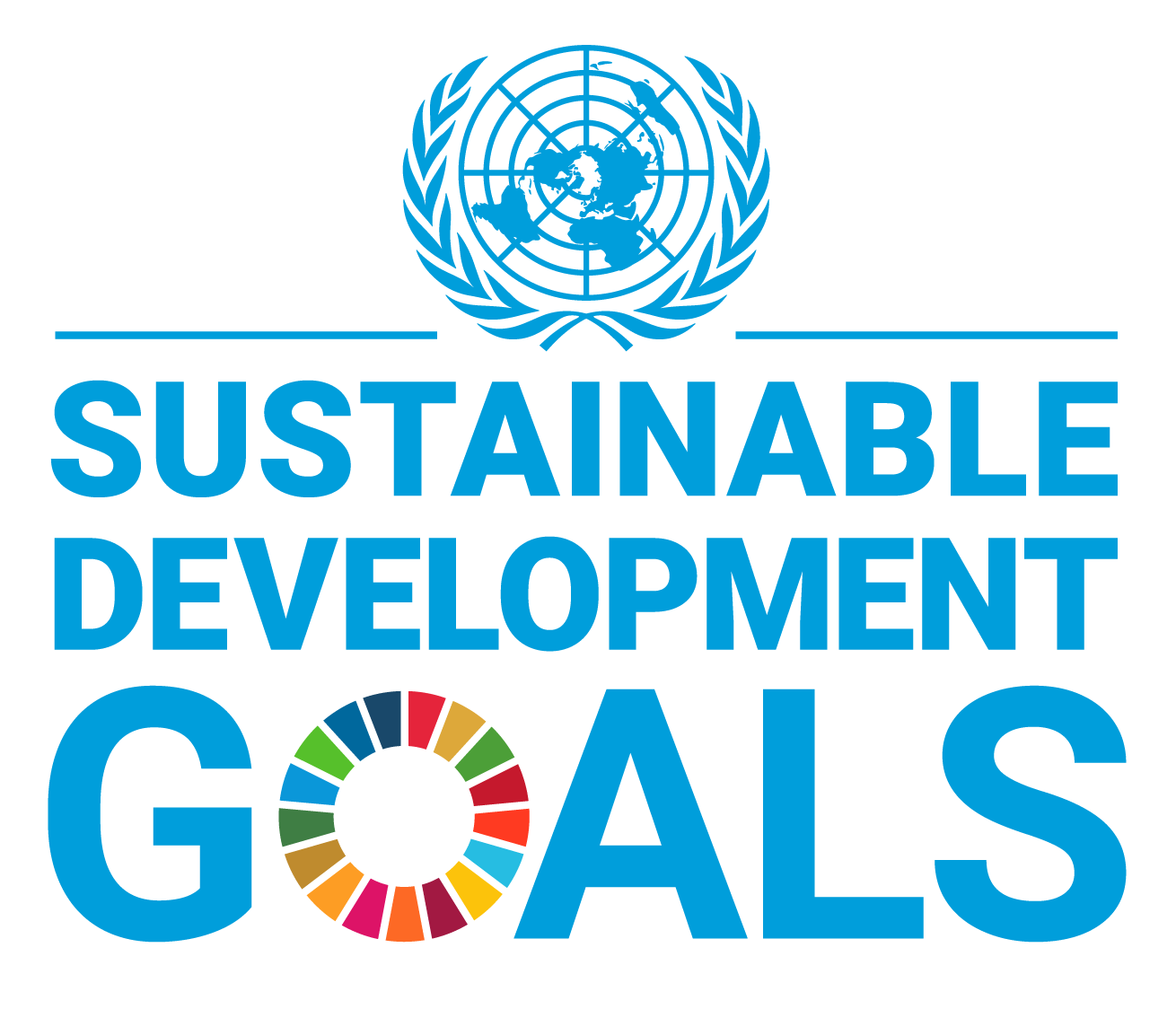Strategic Environmental Policy & Action
Strategic environmental policies and actions are essential to ensure a sustainable future, balancing ecological protection with economic and social development.
Policy Frameworks for Sustainable Development
Effective environmental policy requires comprehensive frameworks that integrate scientific evidence, economic considerations, and social equity. These frameworks provide the foundation for systematic environmental protection while supporting sustainable development goals.
Core Policy Principles
The Precautionary Principle
When scientific evidence suggests potential environmental harm, policy action should not be delayed due to scientific uncertainty. This principle encourages proactive measures to prevent environmental damage before it occurs.
Polluter Pays Principle
Those who generate pollution or environmental damage should bear the costs of prevention, control, and remediation. This principle internalizes environmental costs and incentivizes cleaner practices.
Multi-Level Governance
Environmental challenges require coordinated action across multiple levels:
- International Level: Global agreements like the Paris Climate Accord
- National Level: Comprehensive environmental laws and regulations
- Regional Level: Cross-border cooperation and management
- Local Level: Community-based environmental initiatives
Strategic Environmental Planning
Strategic environmental planning involves developing long-term visions and roadmaps for environmental sustainability. This process requires comprehensive assessment, stakeholder engagement, and adaptive management approaches.
Planning Process Components
- Environmental Assessment: Comprehensive baseline assessment of ecosystem health and resource availability
- Stakeholder Engagement: Involving diverse stakeholders in planning processes
- Goal Setting: Establishing SMART environmental goals and targets
- Strategy Development: Creating detailed action plans with clear responsibilities
- Implementation & Monitoring: Executing strategies and tracking progress
Policy Implementation Strategies
Successful environmental policy implementation requires careful coordination of institutional capacity, financial resources, and stakeholder engagement.
Regulatory Instruments
- Command and Control: Direct regulation through standards and permits
- Environmental Impact Assessment: Systematic evaluation of environmental consequences
- Zoning and Land Use Planning: Spatial regulation to protect sensitive areas
Economic Instruments
- Environmental Taxes: Taxes on pollution and resource use
- Emissions Trading: Market-based systems for trading pollution allowances
- Payment for Ecosystem Services: Compensation for environmental stewardship
Implementation Success Factors
Research shows that successful environmental policy implementation depends on strong institutional capacity, adequate financing, stakeholder buy-in, and adaptive management approaches.
Monitoring & Evaluation Systems
Robust monitoring and evaluation systems are essential for tracking progress toward environmental goals and informing adaptive management decisions.
Key Monitoring Components
- Indicator Selection: Choosing appropriate indicators that reflect environmental conditions
- Data Collection: Establishing systematic data collection protocols
- Analysis and Interpretation: Developing capacity to analyze trends
- Reporting and Communication: Creating accessible reports
Types of Environmental Indicators
State Indicators
Measure current environmental conditions like air quality, water quality, and biodiversity levels.
Pressure Indicators
Track human activities that impact the environment, including emissions and resource extraction.
Stakeholder Engagement & Participation
Meaningful stakeholder engagement is crucial for developing effective and legitimate environmental policies. This involves creating inclusive processes that bring together diverse perspectives.
Key Stakeholder Groups
- Government Agencies: Various levels of government and regulatory bodies
- Private Sector: Industries, businesses, and economic actors
- Civil Society: NGOs, community groups, and advocacy organizations
- Academic Institutions: Research organizations and educational bodies
International Cooperation & Global Action
Environmental challenges transcend national boundaries, requiring coordinated international action and cooperation mechanisms.
Global Environmental Agreements
- Paris Climate Agreement: Global framework for climate action
- Convention on Biological Diversity: International treaty for biodiversity conservation
- Montreal Protocol: Global effort to protect the ozone layer
Benefits of International Cooperation
International cooperation enables knowledge sharing, resource mobilization, and coordinated action on global environmental challenges that no single country can address alone.
Case Studies & Success Stories
Learning from successful environmental policy implementations provides valuable insights for future initiatives.
Notable Examples
- Costa Rica's Payment for Ecosystem Services: Successful program that reduced deforestation while supporting rural communities
- European Union Emissions Trading System: World's largest carbon market driving emission reductions
- Rwanda's Plastic Bag Ban: Comprehensive policy that eliminated plastic bags and promoted alternatives
Best Practices & Recommendations
Based on global experience, several best practices emerge for effective environmental policy development and implementation.
Key Recommendations
- Integrate Environmental Considerations: Mainstream environmental concerns across all policy sectors
- Ensure Stakeholder Participation: Create inclusive processes for policy development
- Build Institutional Capacity: Develop strong institutions for policy implementation
- Use Evidence-Based Approaches: Base policies on scientific evidence and data
- Promote Adaptive Management: Maintain flexibility to adjust policies based on results
Moving Forward
The path to environmental sustainability requires continued commitment, innovation, and collaboration across all sectors of society. By implementing strategic environmental policies and actions, we can work toward a more sustainable and equitable future for all.

